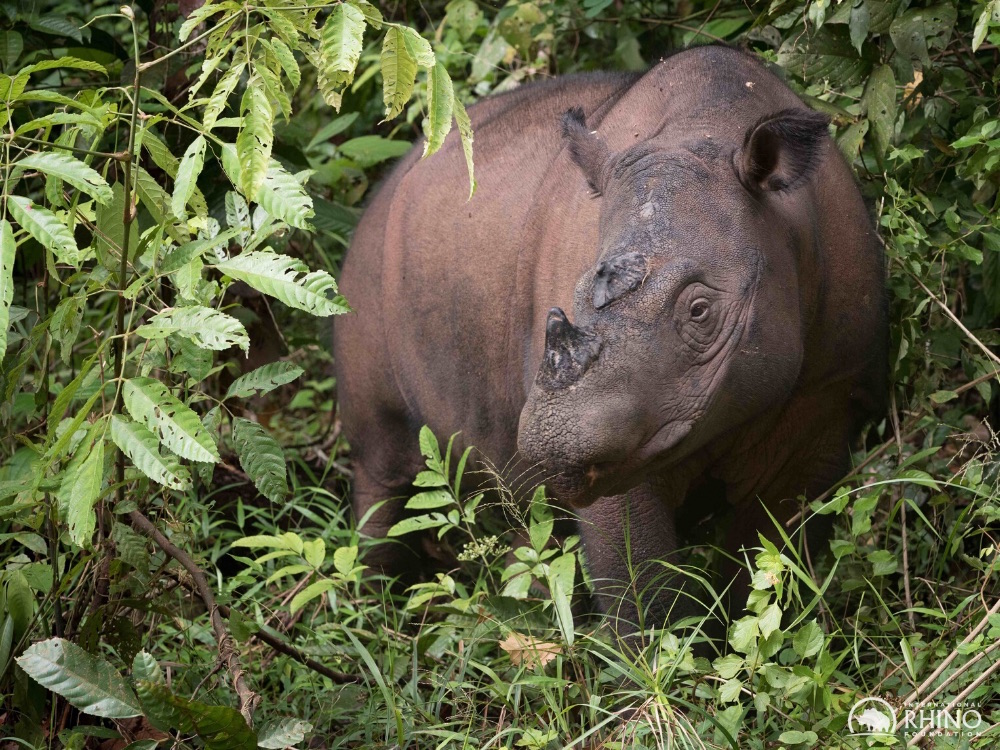
“We will keep working on these operations [such as ‘Operación Amazonas’],” said to Mongabay a Peruvian government official who asked to remain anonymous, in order to avoid any repercussions. On November 29, the Pucallpa satellite office of Peru’s state forestry agency, the Organismo de Supervisión de los Recursos Forestales y de Fauna Silvestre or OSINFOR), was hit by a molotov bomb. Immediately, the act was linked with the seizure of the largest shipment of illegal timber in the history of Peru. A few days before the attack, Operación Amazonas had seized the equivalent of 60 trucks full of illegal wood with a value of more than $48 million. The cargo was sitting in Iquitos Bay, in the region of Loreto, on its way to the United States.
The first Operación Amazonas took place in 2014. By now, the two sting operations have shown the growing commitment on the part of the Peruvian government to save the country’s protected forests. But they have also shaken the well-established interests of the logging mafias in the South American country.
After the incident with the homemade bomb, there was the fear that the Peruvian government would take some steps back in order to avoid confrontations between public officials and the illegal groups that operate in the Amazonian region. But to the contrary, late last month, one of the officials in charge of budgeting for the different ministries, Pedro Cateriano Bellido, confirmed that support for OSINFOR would continue in fiscal year 2016.
Among the objectives of the forestry agency, will be greater transparency in its operations, the execution of at least 1,185 disciplinary proceedings, and an ongoing collaboration between the agency and customs in the framework of Operación Amazonas, so that together, they could “determine accurately and in a timely manner the origin of timber sold.”
“The pressure is incredibly intense after these operatives,” said the government representative who preferred not to be quoted. “Part of this operation had helped us to identify merchandise with official documentation both in the internal and external timber trade.”
One of the challenges that OSINFOR faces is the fact that the seizures from Operación Amazonas in 2014 and 2015 revealed that timber traffickers are legalizing products with illegal origins. It is believed that the wood is being indiscriminately taken from protected areas such as Cordillera Azul, Sierra del Divisor or Alto Purus; from buffer zones, and even, from indigenous reserves. However, by the time the timber is to be commercialized and exported, the shipments show documents that follow the law.
A recent audit by the government found evidence of timber laundering, through which exporters registered illegally-sourced wood to make it seem as if it had been legally harvested. This consists of making up “ghost trees” — species that never existed, except in the documents that are later presented to the authorities.
In the case of Operación Amazonas 2015, Peru’s customs agency (SUNAT) and OSINFOR discovered 29,041 cubic meters of the marupa species, 24,047 of capirona and 138,636 of cumala, all of which would have traveled towards markets in the U.S. and Mexico.
The World Resources Institute (WRI) in Washington, D.C. has analyzed these practices and said they are nothing new. The organization described the scale and extension of this market in illegal timber in Peru as something “astounding.”
“The Peruvian government’s Independent Forest Sector Oversight Agency (OSINFOR) determined that more than 8,000 trees that had been reported as harvested by Peruvian timber exporters between March and May 2014 never existed,” wrote Ruth Nogueron and Emily Kaldjian in a WRI blog. “Overall, OSINFOR found evidence of illegal practices in an astonishing 93.75 percent of operations they audited.”
According to OSINFOR, there are two online systems that any buyer of Peruvian timber must consult before making a transaction — whether that be done inside or outside the country. One, to find out the status of state contracts so far that year, and the other, to obtain information about the logging operations with or without risk anywhere in Peru.
In the case of the latest seizure, what’s known is that a number of timber companies failed to follow the law: officials in the region of Loreto calculate that about 80% of the cargo seized around the end of November belonged to La Oroza Investments; the other 20%, came from Sico Maderas SAC and Corporación Inforest MC SAC.
In a recent investigative report from Ojo Público, it was revealed that this wasn’t the first time that La Oroza Investments found itself at the center of a conflict in the courts.
“A timber shipment, also belonging to them, is sitting in Houston’s port area since September 2015,” wrote reporter Nelly Luna Amancio from Loreto. “Custom authorities in the U.S. and Peru have been investigating the suspicious origin of part of this shipment since it is believed to also come from unauthorized areas.”













